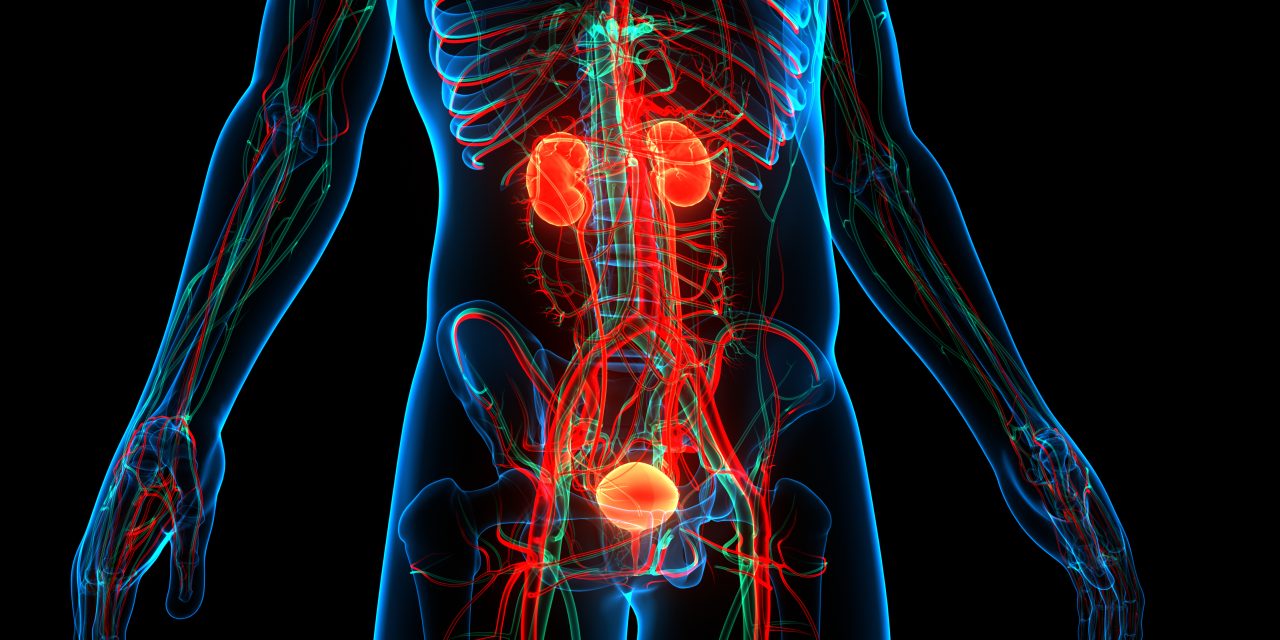To develop and validate a bladder outlet obstruction predictive model for men with non-neurogenic lower urinary tract symptoms.
We retrospectively included 1148 patients who underwent a urodynamic study in the Urology Service of the Burgos University Hospital from January 2007 to December 2019. Obstruction was defined using the Abrams-Griffiths number. A multivariable logistic regression analysis was conducted to determine the predictors of bladder outlet obstruction. We transferred these data to a model to calculate the individual probability of obstruction.
A first group with 563 patients randomly divided was selected for the design of the predictive risk model and a second group of 585 patients for the validation. 331 patients (58.8%) in the development group and 381 patients (65.1%) in the validation group had a diagnosis of obstruction. A multivariable logistic regression model showed that age, history of previous surgical intervention, presence of voiding symptoms, preserved anal tone, maximum urinary flow rate and voiding efficiency were significant for predicting obstruction. The model had an area under the receiver operating characteristics curve (AUROC) of 0.78 (95% CI 0.75-0.82) and the model validation of 0.78 (0.72-0.83).
Our proposed model based on clinical and non-invasive urodynamics parameters allows us to predict the risk of presenting bladder outlet obstruction in patients with lower urinary tract symptoms.
Development of a Predictive Model for the Diagnosis of Lower Urinary Tract Obstruction in Men.


